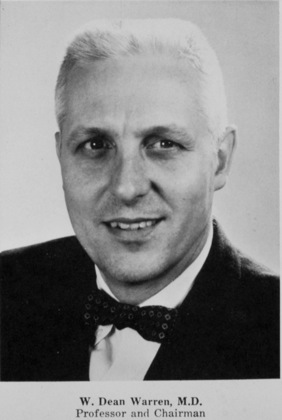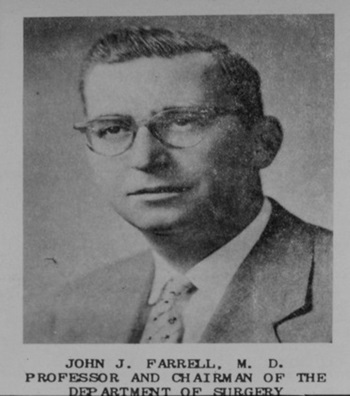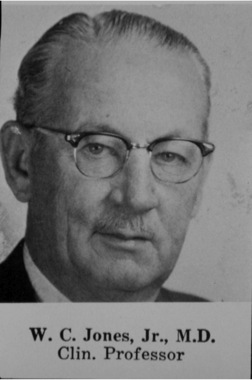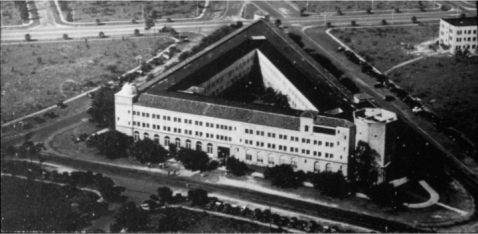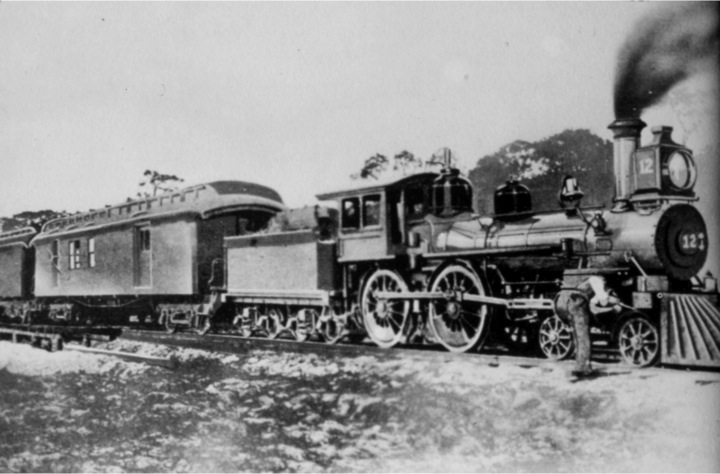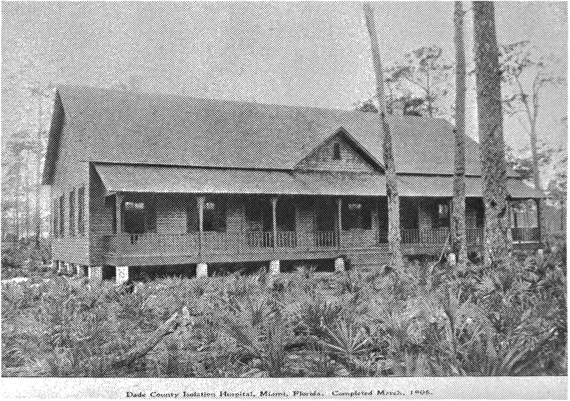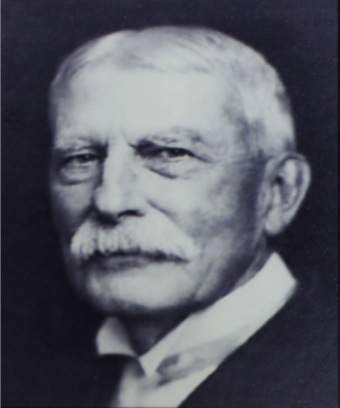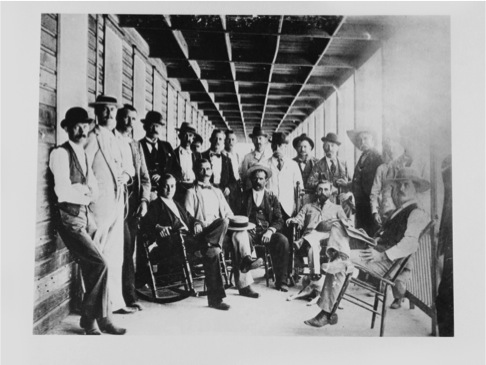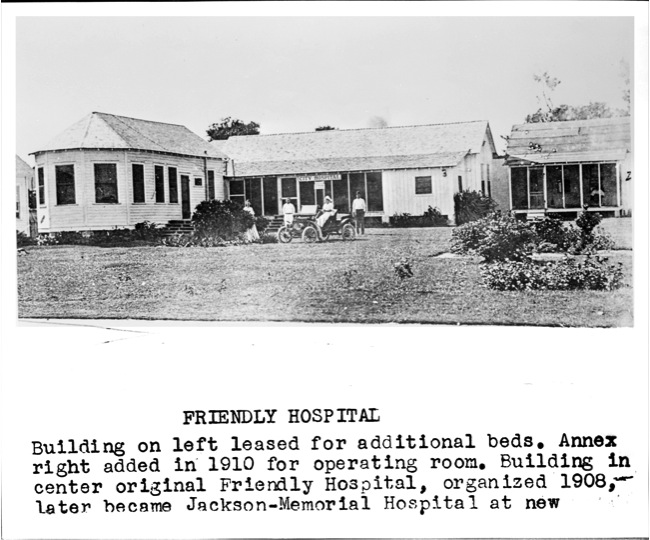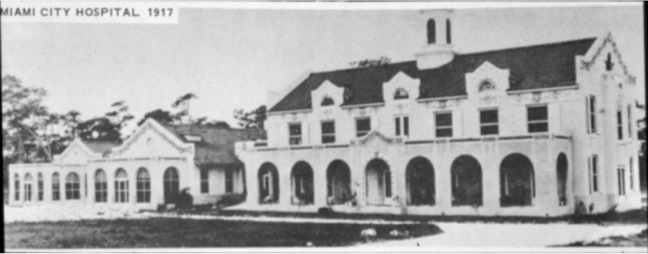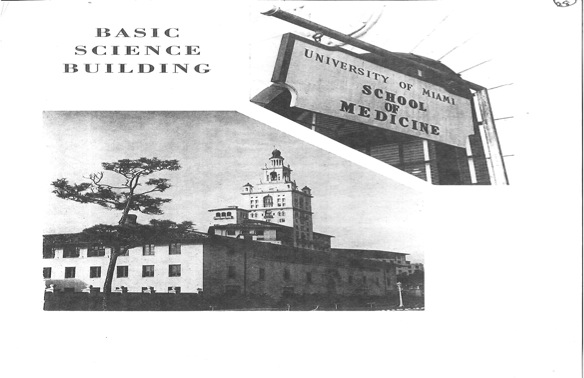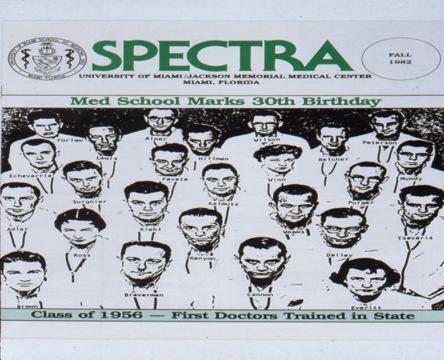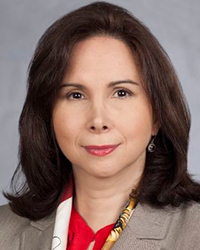
Omaida C. Velazquez, M.D., F.A.C.S., was appointed Professor and Chair, DeWitt Daughtry Family Department of Surgery in August 2015. Previously, she was Professor and Chief and the David Kimmelman Endowed Chair in Vascular and Endovascular Surgery at the University of Miami Leonard M. Miller School of Medicine. Currently, she is also Surgeon-in-Chief-for UHealth, Jackson Health System and University of Miami Miller School of Medicine. She is a member of the American Surgical Association (ASA), an elite group composed of the nation’s most prominent surgeons from the country’s leading academic medical institutions.
Dr. Velazquez’s current research focuses on further understanding and advancing new treatments for lower extremity arterial occlusive disease and diabetes-related wound healing defects. Dr. Velazquez is the Principal Investigator of a NIH-funded basic science laboratory that investigates endothelial cell biology, angiogenesis, and vasculogenesis. Her clinical expertise focuses on endovascular and other minimally invasive approaches in the surgical treatment of vascular diseases. She has extensive expertise in both open and endovascular repair of abdominal aortic aneurysms, open and endovascular treatments for carotid, mesenteric, and renal stenosis and novel treatments for critical limb ischemia.
In addition to her roles as a surgeon and a scientist, Dr. Velazquez served as the Executive Dean of Research, Research Education and Innovative Medicine for the Miller School of Medicine. Under her leadership, investigators across campus saw the clinical research infrastructure enhanced, administrative processes de-mystified and interdepartmental communications increased.
Dr. Velazquez obtained her B.S. from Stevens Institute of Technology in 1987 and obtained M.D. degree from the University of Medicine and Dentistry of New Jersey, New Jersey Medical School graduating Valedictorian in her class of 1991. She completed her post-graduate training in General and Vascular Surgery at the University of Pennsylvania. In addition to her clinical training, she pursued additional years in research and was the recipient of the 1997 Jonathan E. Rhoads Research Award. She received the von Liebig Foundation Award for Excellence in Vascular Surgical Research (2001), the University of Pennsylvania Center of Excellence Faculty Scholar Award (2002), and the Joel J. Roslyn Faculty Research Award (2003). Before joining the Miller School of Medicine, Dr. Velazquez served on the faculty at the University of Pennsylvania for eight years and became an Associate Professor with tenure.

 Dr. Laurence Sands has worked at the University of Miami since July 1997. He is a Fellow of both the American College of Surgeons and the American Society of Colon and Rectal Surgeons. In addition, he has served as President of the South Florida Chapter of the American College of Surgeons and as a Governor of the Chapter. He has written a textbook on anorectal disease, numerous book chapters, and peer reviewed articles and currently serves as a reviewer for several major medical journals. Most recently, he has established the Laurence R. Sands, MD Endowed Research Chair at the University of Miami, this being the first chair within the Division of Colon and Rectal Surgery.
Dr. Laurence Sands has worked at the University of Miami since July 1997. He is a Fellow of both the American College of Surgeons and the American Society of Colon and Rectal Surgeons. In addition, he has served as President of the South Florida Chapter of the American College of Surgeons and as a Governor of the Chapter. He has written a textbook on anorectal disease, numerous book chapters, and peer reviewed articles and currently serves as a reviewer for several major medical journals. Most recently, he has established the Laurence R. Sands, MD Endowed Research Chair at the University of Miami, this being the first chair within the Division of Colon and Rectal Surgery.
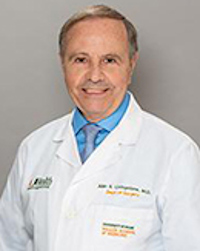
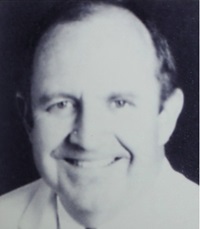
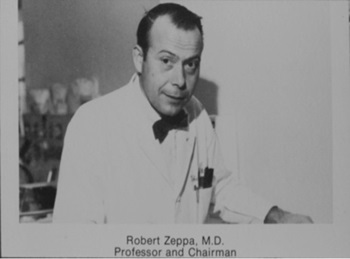 A Long Reign
A Long Reign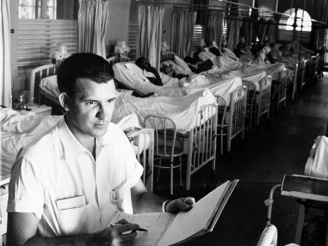 Divisions Established
Divisions Established